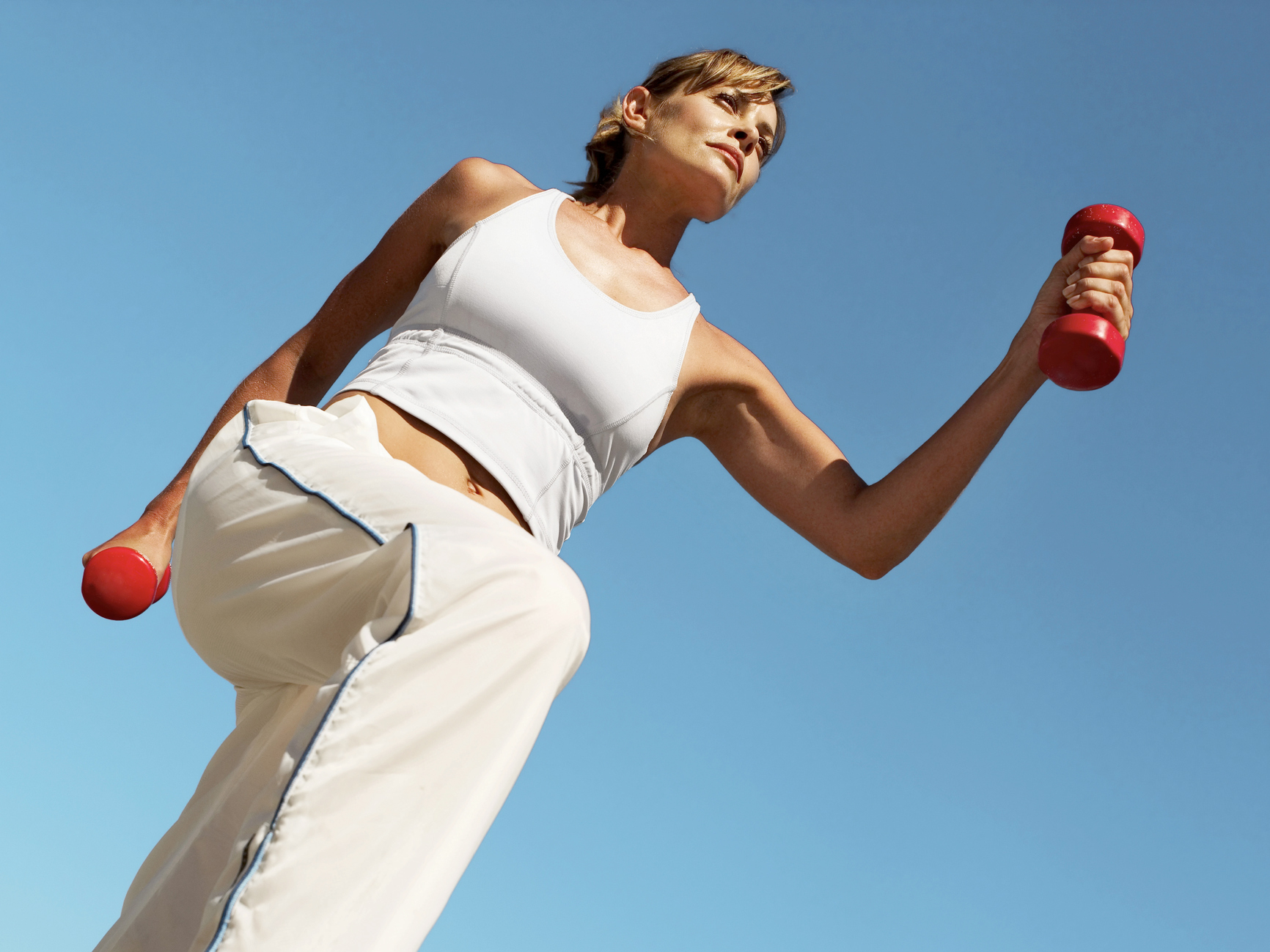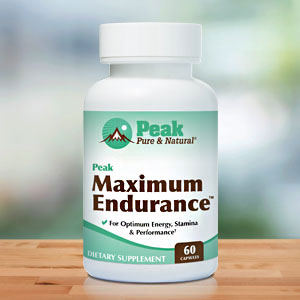Get Easy Health Digest™ in your inbox and don’t miss a thing when you subscribe today. Plus, get the free bonus report, Mother Nature’s Tips, Tricks and Remedies for Cholesterol, Blood Pressure & Blood Sugar as my way of saying welcome to the community!
You may be wasting your time on high intensity interval training

If you haven’t already tried high-intensity interval training or HIIT, you’ve probably at least heard of it since it’s one of the biggest fitness trends to ever hit (pun intended).
For those not already on the HIIT bandwagon, here’s a quick crash course on the basics…
The idea behind HIIT is to exercise in short bursts (known as an interval) with a rest period in between. When you’re exercising, you’re doing it to the max and the breaks give you time to recover.
Even better, since you only have to perform between four and ten intervals, HIIT doesn’t take much time, averaging between 10 and 20 minutes total per session. The difference in timing comes in because of the difference in choice of how long each interval should be as well as how many intervals to perform.
And, while there have been numerous studies showing the health benefits you can get from HIIT from fat loss and revving up your metabolism to better heart health there’s been no hard and fast study to help you choose between those different interval times, until now…
Now, thanks to a new study by scientists at Liverpool John Moores University, we now know that if you want to get the full fitness benefit of HIIT, not only does HIIT timing matter, there’s one interval timing that is the hands-down winner — and another that’s the biggest loser…
30HIIT Versus 60HITT
The researchers looked at two of the most popular HIIT intervals – 60HIIT and 30HIIT – which significantly vary in their timing.
60HIIT means that you do six to ten 60 second intervals with 60 seconds of rest, whereas 30HIIT means you perform four to eight 30 second intervals with 120 seconds of rest.
They recruited participants who were previously sedentary to participate in one of the two types of HIIT training for a period of six weeks. And, just to keep them honest and their research on track, they kept track of their training adherence and intensity remotely via a heart rate monitor.
And, they found that if you’re going to go HIIT to get fit, 60HIIT is the one to choose.
That’s because while the team found that 60HIIT made big changes in the participants’ aerobic capacity after just six weeks, 30HIIT made absolutely no difference at all!
This is a huge finding since higher aerobic capacity has been shown to reduce your risk of both heart disease and diabetes.
Hannah Church, one of the researchers involved had this to say about the results of the study, “In order for people to get the most out of HIIT… we need to get the timing right. Our research showed just how important this is because we found that 30-second intervals with 120 seconds of rest meant that participants’ heart rates didn’t stay up. 120 seconds is just too long to be resting for!”
Easy 60HIIT Exercise for Home
So, if you’re ready to try HIIT, be sure to do 60-second bursts of exercise followed by 60 seconds of rest.
Related: The key to making a rigorous workout seem less tough
And, while you can definitely go to the gym to get your HIIT in, here’s a quick way to perform HIIT at home to make hitting your fitness goals even easier.
Choose an exercise from each of these categories:
- Aerobics (for example you could run in place or do high knees or jumping jacks)
- Abs (this could be sit-ups or planks)
- Lower body (there are lots of options here, like squats and lunges)
- Upper body (you could go with push-ups, tricep dips, or upper body free weights)
Then, simply alternate between each exercise (60 seconds at a time) with a rest period after each.
Now, get to work and use 60HIIT to get fit!
Editor’s note: Did you know that when you take your body from acid to alkaline you can boost your energy, lose weight, soothe digestion, avoid illness and achieve wellness? Click here to discover The Alkaline Secret to Ultimate Vitality and revive your life today!
Sources:
- 8 Benefits of High-Intensity Interval Training (HIIT) — SHAPE
- HIIT timing matters for increasing fitness — EurekAlert
- Association between aerobic capacity and the improvement in glycemic control after the exercise training in type 2 diabetes — Diabetology & Metabolic Syndrome
- Aerobic fitness is associated with low cardiovascular disease risk: the impact of lifestyle on early risk factors for atherosclerosis in young healthy Swedish individuals – the Lifestyle, Biomarker, and Atherosclerosis study — Vascular Health and Risk Management













